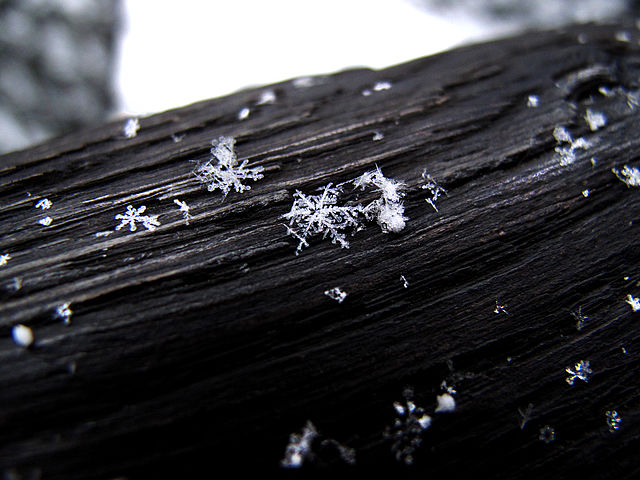Hello ladies and gents this is the Viking telling you that today we are talking about
5 facts about snow
1. Deepest snow in the UK
The deepest snow ever recorded in an inhabited area of the UK was near Ruthin in North Wales during the severe winter of 1946-47. A series of cold spells brought large drifts of snow across the UK, causing transport problems and fuel shortages.
During March 1947 a snow depth of 1.65 metres was recorded.
2. It doesn't have to be freezing to snow
Generally, the air temperature does need to be at or below freezing for snow to fall. However, if rain falls continuously through air with a temperature as high as 6 °C, it may cause the air temperature to fall low enough for the rain to turn to snow. This is because rain that persists for some time will gradually cool the air that surrounds it.
3. The snowiest place in the UK
Scotland sees the most snow in the UK, with snow or sleet falling on 38.1 days on average. The weather station which recorded the most snowfall in the UK was the Cairngorm Chairlift, with snow falling on 76.2 days throughout the year (based on 1981-2010 averages).
4. Every snowflake is unique
Part of the enduring appeal of snowflakes is their intricate appearance and near-infinite variation, meaning that all snowflakes are unique. The number of possibilities of nuances in temperature and humidity as the snowflake falls to the ground is limitless.
If you look closely at a snowflake you will see countless individual features, all having formed ever so slightly differently in direction or shape, owing to the slightest change in the environment in which it formed.
5. Snow isn't white


While snowflakes appear white as they fall through the sky or as they accumulate on the ground as snowfall, they are actually totally clear.
The ice though is not transparent like a sheet of glass is but rather is translucent, meaning light only passes through indirectly.
The many sides of the ice crystals cause diffuse reflection of the whole light spectrum which results in snowflakes appearing to be white in colour.
And as always have a chilled day from the Viking

Comments
Post a Comment